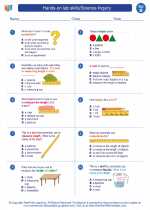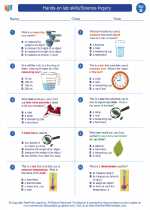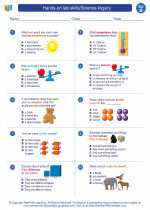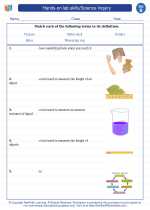Animals
Animals are living organisms that belong to the kingdom Animalia. They are multicellular, eukaryotic organisms that are capable of movement at some stage of their lives. Animals come in a wide variety of shapes, sizes, and habitats, and they play an important role in the ecosystem.
Classification of Animals
Animals can be classified into different groups based on their characteristics. The main groups of animals include:
- Vertebrates: Animals with a backbone, including mammals, birds, reptiles, amphibians, and fish.
- Invertebrates: Animals without a backbone, such as insects, spiders, worms, and mollusks.
Basic Characteristics of Animals
There are several key characteristics that define animals:
- Cellular Structure: Animals are made up of multiple cells, and these cells are organized into tissues, organs, and organ systems.
- Movement: Most animals are capable of movement at some stage of their lives, whether it's crawling, flying, swimming, or walking.
- Reproduction: Animals reproduce sexually, with the majority having distinct male and female sexes.
- Feeding: Animals obtain energy by consuming organic material, either by predation or by feeding on plants or other animals.
- Sensory Perception: Animals have sensory organs that allow them to perceive their environment, including sight, hearing, touch, taste, and smell.
Importance of Animals
Animals play a crucial role in the ecosystem and are vital for maintaining the balance of nature. They contribute to pollination, seed dispersal, nutrient cycling, and predation, which helps control populations of other organisms. Additionally, animals provide food, clothing, and companionship for humans, making them an integral part of human culture and society.
Study Guide
- What are the main groups of animals based on their characteristics?
- What are the key characteristics that define animals?
- Why are animals important in the ecosystem?
◂Science Worksheets and Study Guides Second Grade. Hands-on lab skills/Science Inquiry

 Worksheet/Answer key
Worksheet/Answer key
 Worksheet/Answer key
Worksheet/Answer key
 Worksheet/Answer key
Worksheet/Answer key
 Vocabulary/Answer key
Vocabulary/Answer key
